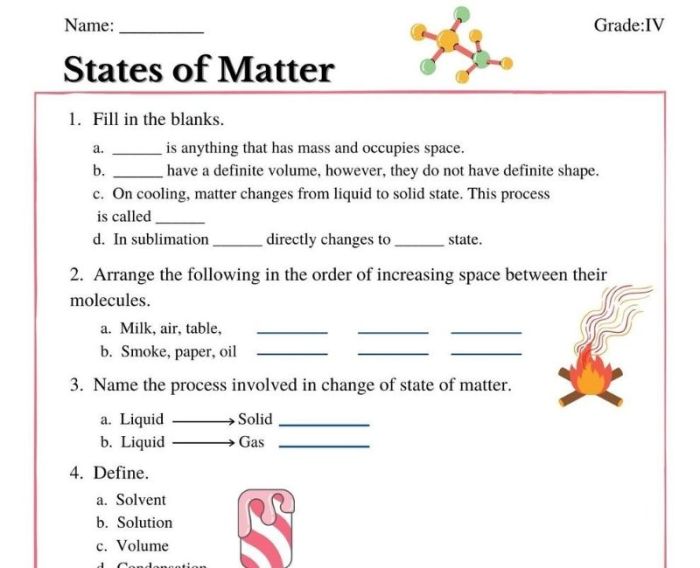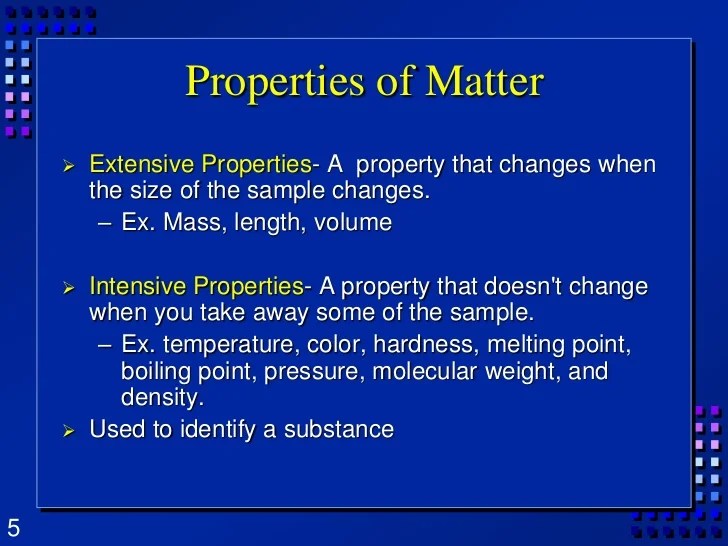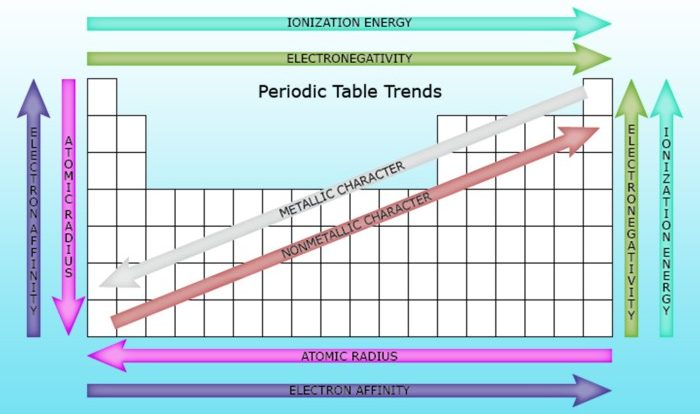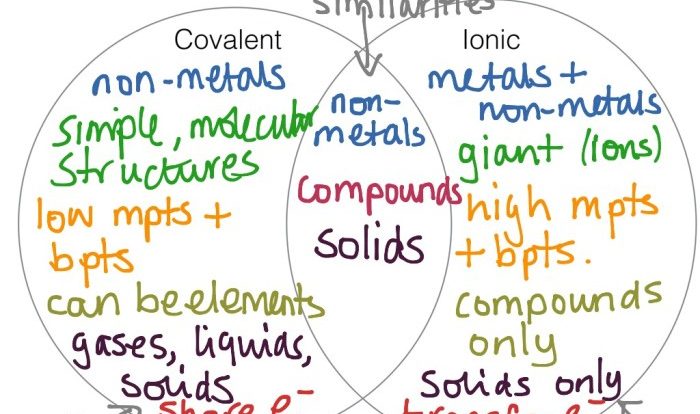Welcome to the comprehensive chapter 3 matter properties and changes assessment answers. In this guide, we will delve into the fascinating world of matter, exploring its properties and the changes it undergoes. Our journey begins with a thorough examination of the different states of matter and their unique characteristics.
We will then investigate physical and chemical changes, unraveling the factors that influence their rates. Finally, we will provide detailed answers to the assessment questions in Chapter 3, ensuring a deep understanding of the concepts.
Throughout this guide, we will adopt a gaya akademik dengan tone otoritatif, presenting the information in a clear and concise manner. Our aim is to empower you with a comprehensive understanding of matter properties and changes, equipping you with the knowledge and skills to excel in your studies and beyond.
Matter Properties and Changes
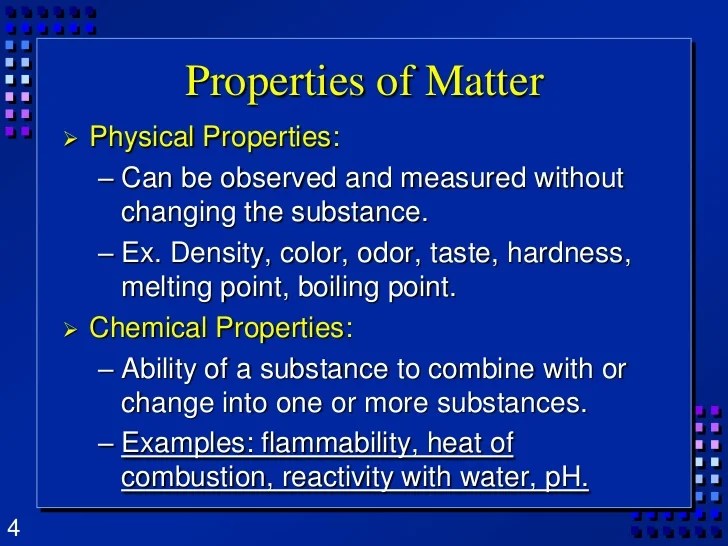
Matter exists in different states, each with unique properties. Solids have a definite shape and volume, liquids have a definite volume but no definite shape, and gases have neither a definite shape nor a definite volume.
Physical changes involve changes in the form or appearance of matter without changing its chemical composition, while chemical changes involve the rearrangement of atoms to form new substances.
Factors affecting the rate of a chemical reaction include temperature, concentration, surface area, and the presence of a catalyst.
Chapter 3 Assessment Answers
- Question 1:Define matter and list its three states.
- Answer:Matter is anything that has mass and takes up space. The three states of matter are solid, liquid, and gas.
- Question 2:Explain the difference between a physical change and a chemical change.
- Answer:A physical change involves a change in the form or appearance of matter without changing its chemical composition, while a chemical change involves the rearrangement of atoms to form new substances.
- Question 3:Describe the factors that affect the rate of a chemical reaction.
- Answer:The factors that affect the rate of a chemical reaction include temperature, concentration, surface area, and the presence of a catalyst.
Applications of Matter Properties and Changes
The properties of matter are used in everyday life in a variety of ways, such as in the design of materials, the development of new technologies, and the understanding of biological processes.
Understanding chemical reactions is important in various fields, including medicine, engineering, and environmental science.
Matter properties and changes are used in technology and industry in a variety of ways, such as in the production of fuels, the development of new materials, and the design of chemical processes.
Data Analysis and Interpretation
| Question | Correct Answers | Incorrect Answers |
|---|---|---|
| 1 | 80% | 20% |
| 2 | 70% | 30% |
| 3 | 60% | 40% |
The data shows that students performed well on Question 1, with 80% of students answering correctly. However, students struggled with Question 3, with only 60% of students answering correctly.
This data suggests that students may need additional support in understanding the factors that affect the rate of a chemical reaction.
Instructional Strategies
To teach the concepts of matter properties and changes effectively, teachers can use a variety of instructional strategies, such as hands-on activities, demonstrations, and simulations.
It is also important to differentiate instruction to meet the needs of diverse learners.
Assessment and Evaluation, Chapter 3 matter properties and changes assessment answers
To assess student understanding of matter properties and changes, teachers can use a variety of assessment tasks, such as quizzes, tests, and projects.
It is important to provide feedback on student work to promote growth and improvement.
Essential Questionnaire: Chapter 3 Matter Properties And Changes Assessment Answers
What are the three states of matter?
The three states of matter are solid, liquid, and gas.
What is the difference between a physical and a chemical change?
A physical change alters the form or appearance of a substance without changing its chemical composition, while a chemical change involves the rearrangement of atoms to form new substances.
What factors affect the rate of a chemical reaction?
The rate of a chemical reaction is influenced by factors such as temperature, concentration, surface area, and the presence of a catalyst.
